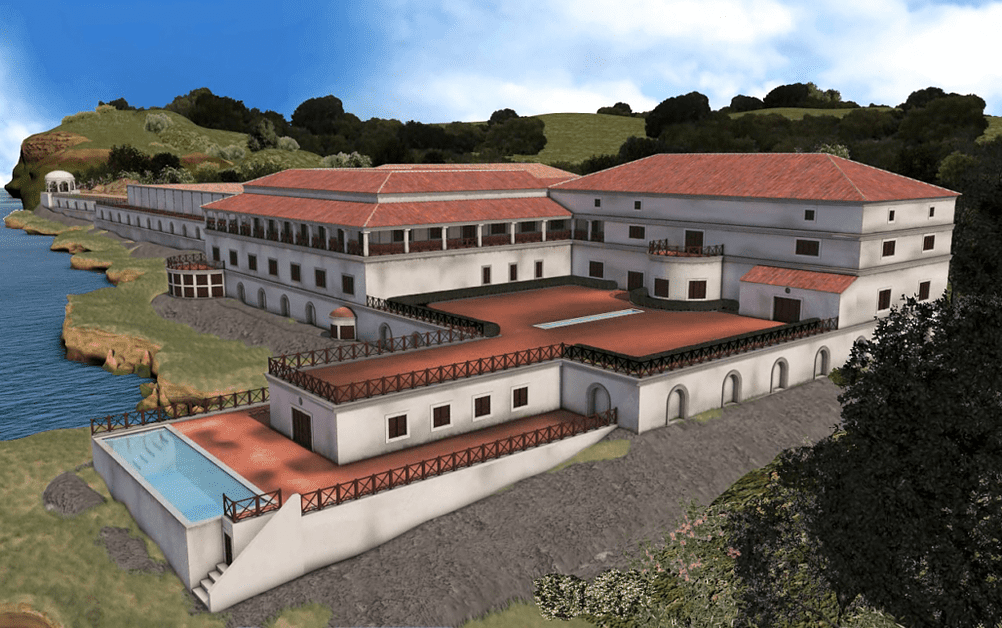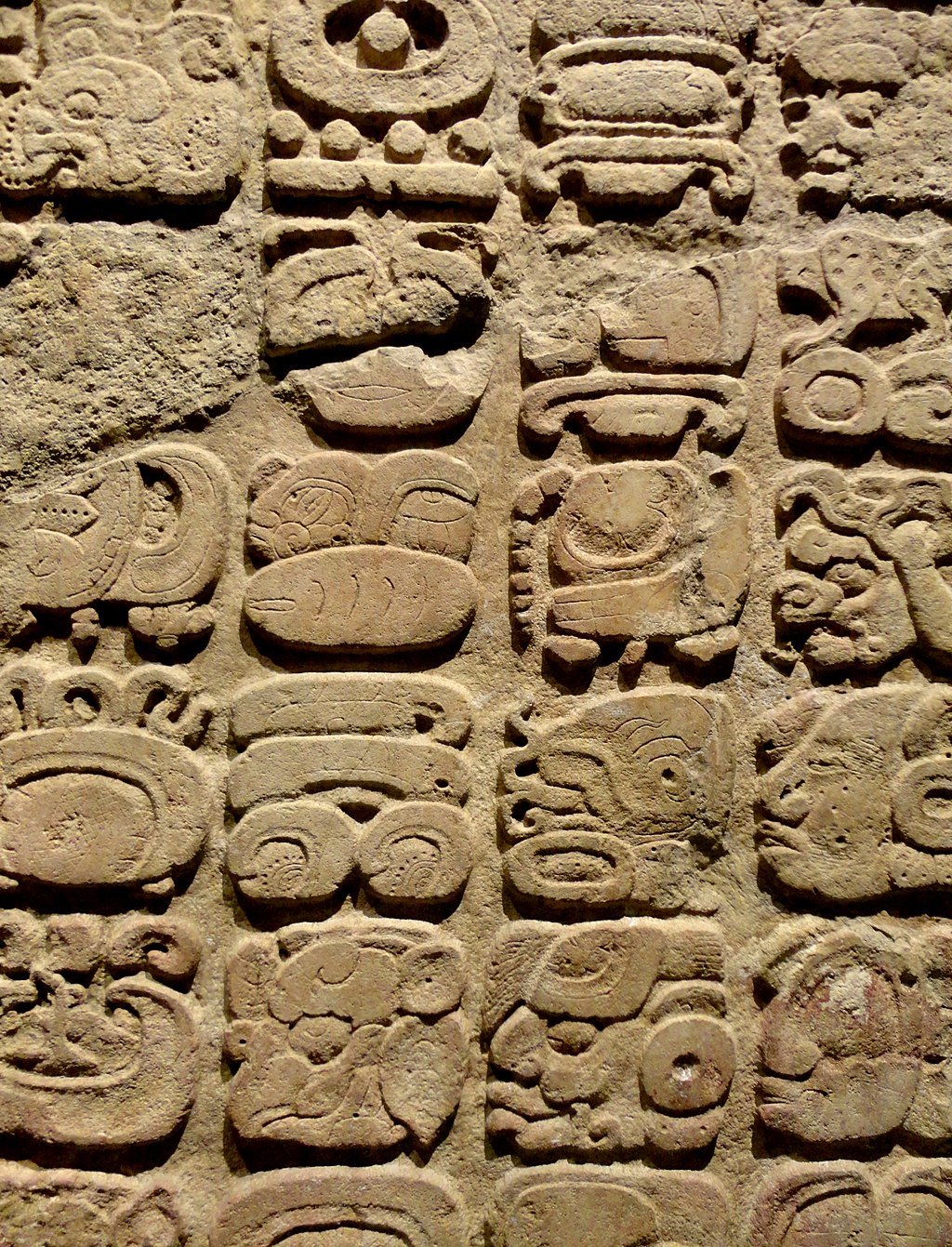
“At about one in the afternoon, my mother pointed out a cloud with an odd size and appearance that had just formed. From that distance, it was not clear from which mountain the cloud was rising, although it was found afterward to be Vesuvius.” That’s how Pliny the Younger described – in a letter to the Roman historian Tacitus – the buildup of the Vesuvius eruption in 79 AD. The eructation blanketed the surrounding area of Pompeii, Stabiae, and Herculaneum with meters of ashes and lava. A villa with an extensive library of papyrus scrolls – owned by the father-in-law of the Roman general Julius Caesar – was covered too.
The Vesuvius Challenge is pushing its participants to uncover the content of the Papyri’s villa parchments using state-of-art technology. Computed tomography (CT), machine learning (ML), and computer vision techniques are available to its contestants. There’s time until the end of the year to read a few passages to win a $ 700,000-worth grand prize.
Although almost two thousand years passed by, the papyri are still intact. The volcanic debris’ heat carbonized them, but they stayed preserved underground. In the past decade, work by a team at the University of Kentucky directed by Dr. Brent Seales led to several breakthroughs in the discipline, reducing the puzzle to a mere software problem.
“It’s very tantalizing because, on the one hand, these papyri have been preserved, but on the other, we can’t read them yet,” says JP Posma, project lead of the Vesuvius Challenge.
Uncovering the past
Pliny the Younger is the only eyewitness of the Vesuvius 79 AD eruption. On August 24, he was in Misenum, a village on Naples’ Bay where his uncle Pliny the Elder lived. The Elder – author and naturalist – moved by his passion for science, decided to sail towards the cloud, eventually dying because of volcanic exhalations.
In 1750, a farmer stumbled across a marble pavement while digging a well, finding the Papyrus villa. The first archeological research immediately started, and many scrolls were retrieved. In 2015, Seales’ working group read the En-Gedi scroll – an ancient Hebrew parchment found in the Dead Sea – without opening it but using an X-ray scan and computer vision. The cohort wanted to apply CT to the Herculaneum Papyri too.
Four tweets from the past
Therefore, in 2019, they used a particle accelerator to scan two full scrolls retrieved in the villa, inferring that ML models could recognize surface patterns indicating the presence of ink. Earlier this year, their ML model recognized ink from the scans. Fascinated by Roman history and learning about the efforts done by the Seales team, former GitHub CEO Nat Friedman came up with the idea of a prize. “The reason we’re doing this challenge is that we still think that it requires the collective brain power of many to decipher the scrolls,” explains Posma.
The $700.000 grand prize will be handed out to the team who will read four passages of 140 characters each by the end of this year. Posma emphasizes that getting there will take a lot of effort as it requires the mastering of different technologies.

Technologies to read the scrolls
CT – no different than what’s used for medical checks – sends X-rays through the object, getting a picture on the other side. “But then, one can rotate the object to get many pictures from different angles. Through tomography, one can reconstruct a 3D image from all those pictures,” clarifies Posma.
To get a high resolution out of these scans, there is a need for a high-quality energy source and specific light incidences. Such conditions can be found in particle accelerators — which were indeed used by Seales’ team. The next step is reading the scroll’s content, which at this stage is a conglomerate of voxels – the data points in a 3D grid. Then, it’s up to computer vision software to identify characters and try reading them.
The team is introducing another piece of technology to decrypt Pompeii’s parchments. The ink used in Herculean papyri is carbon-based, which doesn’t allow any X-ray scan to generate contrast. In the En-Gedi scroll case, the ink contained some metal, allowing it to show characters. ‘’Since they wrote on it, there must be some morphological change in the papyrus’ surface. The idea is, therefore, to train a neural network with pictures of how a bit of scroll with and without ink looks like in the CT scan, and then it’s about inferring patterns and eventually showing some characters,’’ underlines Posma.

Thrilled by mystery
In addition to the grand prize, other awards recognize the teams’ efforts – such as an accolade for the team that detects ink from X-rays. There is still time to join the community in this cooperative endeavor. “What could there be in that library? Maybe some documents can tell us more about the functioning of the Roman Empire. The intriguing aspect is that this might only be the tip of the iceberg. Archeologists think this is a secondary library, and the main one must still be excavated. We hope that, if we can read these scrolls, we can renew interest in the topic,” sums up Posma.

